Women are placing “I voted” stickers on Susan B. Anthony’s grave. Of course they are. But while she did fight endlessly for the voting rights of women, it must be remembered that she only fought for white women. Anthony made her intentions clear when she stated, “I will cut off this right arm of mine before I will ever work or demand the ballot for the Negro and not the woman.”
So, I’m left wondering why our history books paint Anthony as an American hero who fought for the rights of all women. What about Black women? Where did they stand in that fight? If Anthony didn’t support the rights of Black men, did she support the rights of Black women? Or did she, like our history books and the pictures we have of the suffrage movement, forget Black women entirely?
My heart sinks for the children in classrooms who are continuously taught that Anthony was a hero who fought for women’s right to vote. She didn’t fight for women to vote so that she could uplift her community, like Black women such as Sojourner Truth and Anna Julia Cooper did. She fought because she was mad that Black men could vote before she could. Put a sticker on Truth’s grave, and then we can talk about honoring authentic American heroes.
Nevertheless, there’s a reason that it isn’t Truth or Cooper that we look to as American heroes who fought for women: Black women are continuously erased from the narrative of women’s rights. They are erased from our textbooks and pictures, which are primary sources, and forgotten entirely.
Anthony fought tirelessly for white women’s right to vote. And now, white women are generally using their right to vote for Donald Trump and, overall, white, male, Republican candidates. Yes, it’s their right to vote for whoever they see fit. But as journalist Michelle Ruiz so eloquently wrote in Vogue, “while there were many thrilling, historic wins for progressive women and women of color in particular in the 2018 midterms, as well as data showing that some white women are peeling away from Trump, white women overall rendered more disappointment.”
Ruiz argued that the governor’s race in Georgia between Stacey Abrams and Brian Kemp is a real-life example of white women disappointing. If any woman who voted for Kemp didn’t think that Abrams had her best interests at heart, and if she would rather cast her vote for Kemp who bailed on a debate to campaign alongside President Trump, then so be it. It’s her right to vote for who she sees fit.
Nonetheless, Abrams is the intersectional candidate who wanted to uplift her community by starting with the working class. Abrams wanted to build the economy by increasing jobs and she even wanted to decrease income tax. Isn’t that every Republican’s dream? Instead, Ruiz noted that 75 percent of white women voted for Kemp, who was actively participating in voter suppression.
What about citizens of Georgia who were restricted from voting because Kemp strategically declined voter registration from citizens in minority communities which tended to vote blue while he was secretary of state? According to an Associated Press article, “As Election Day approached this year, [Kemp’s restrictions] resulted in 53,000 voters — most of them minorities — with their registrations on hold.” Kemp’s tactics, called “innocent” strategies to prevent voter fraud, made it harder for those who were not going to vote with the Republican party – namely, people in minority communities – to vote in general.
Georgia’s election turnout upset me. If Abrams had won, she would have been the first Black woman to be elected governor, and in Georgia, of all states. On top of that, she only lost by a hair, Kemp with 50.3 percent of the vote and Abrams with 48.8 percent.
Many women, especially women of color, won their elections last week. Alexandria Ocasio-Cortez became the youngest women to be elected to Congress. She is a Democratic socialist whose focus is on healthcare, and her win was a major success for New York’s 14th Congressional District. Furthermore, Ayanna Pressley was voted into Congress for the Massachusetts 7th Congressional District. Minnesota elected Ilhan Omar, a Somali-American woman to Congress.
These women are the essence of intersectionality of voting. They’re standing tall with their fresh, new ideas and their new Democratic majority in the House of Representatives. They’re knocking on the door of white men who have always held positions of power in our country and they’re saying, “Set a place at dinner because we’re here now!”
Sonali Chigurupati is a Collegian columnist and can be reached at [email protected].


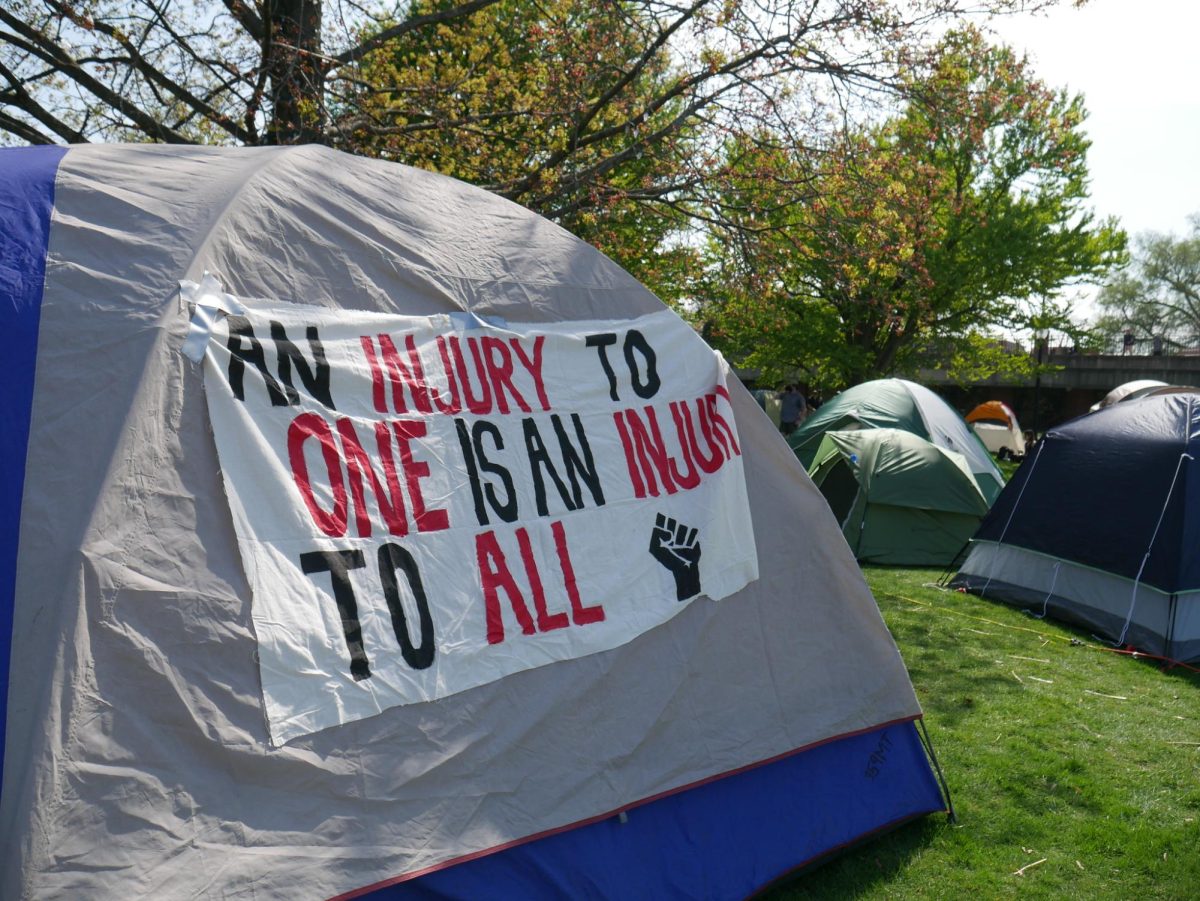






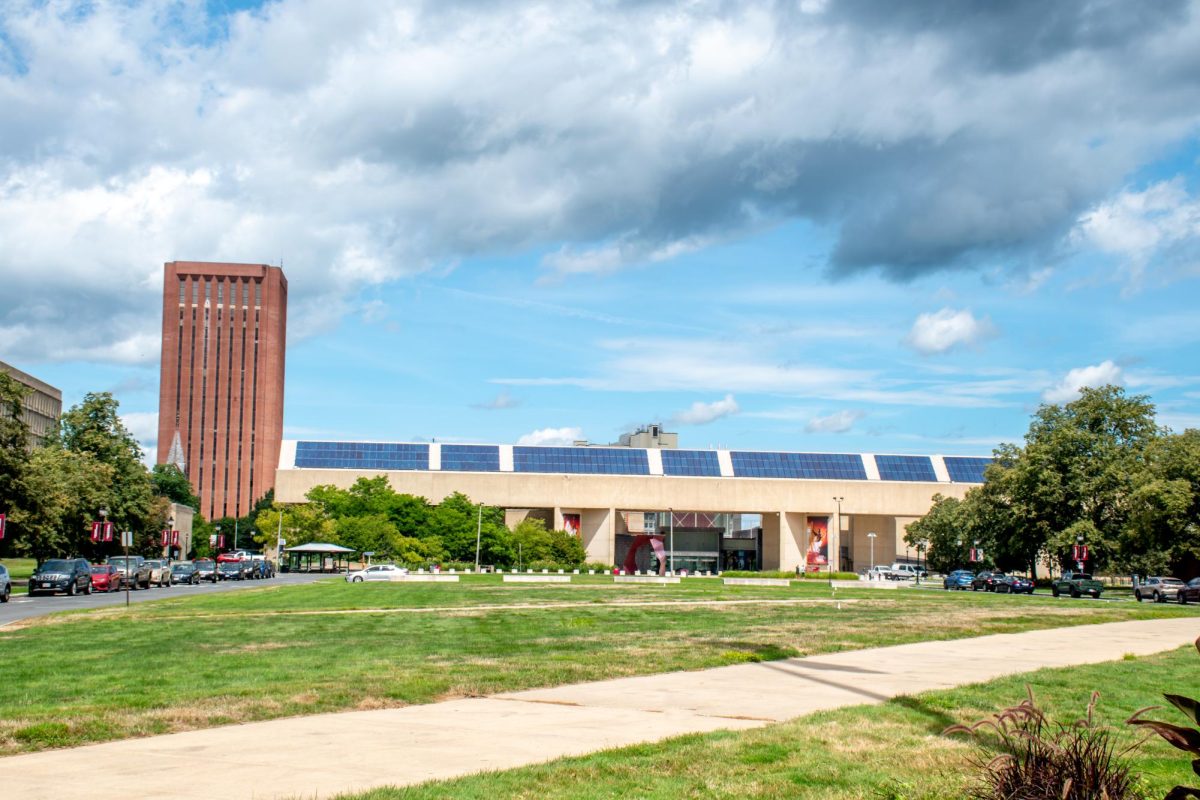

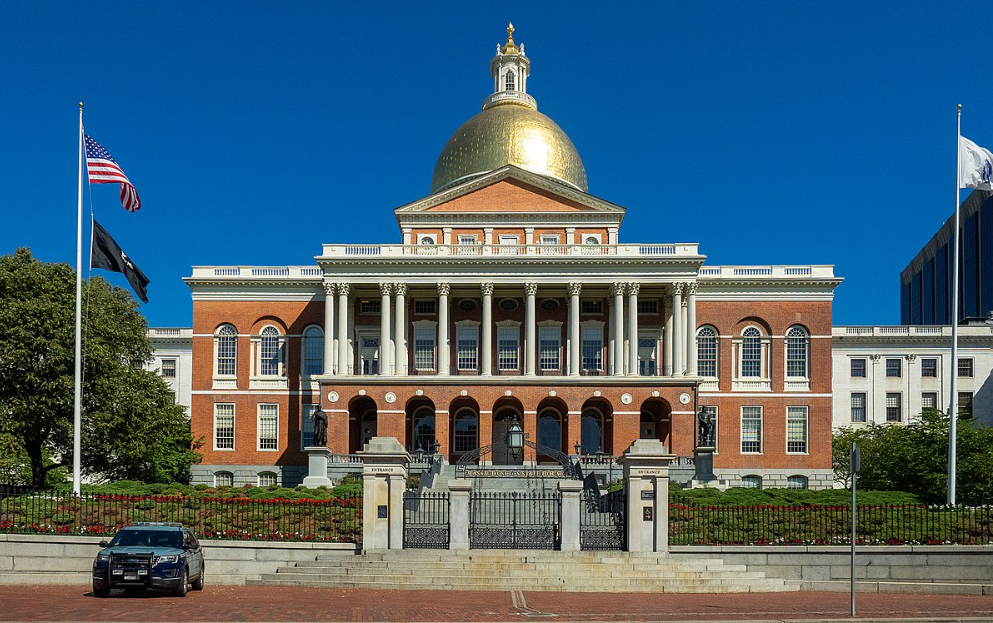

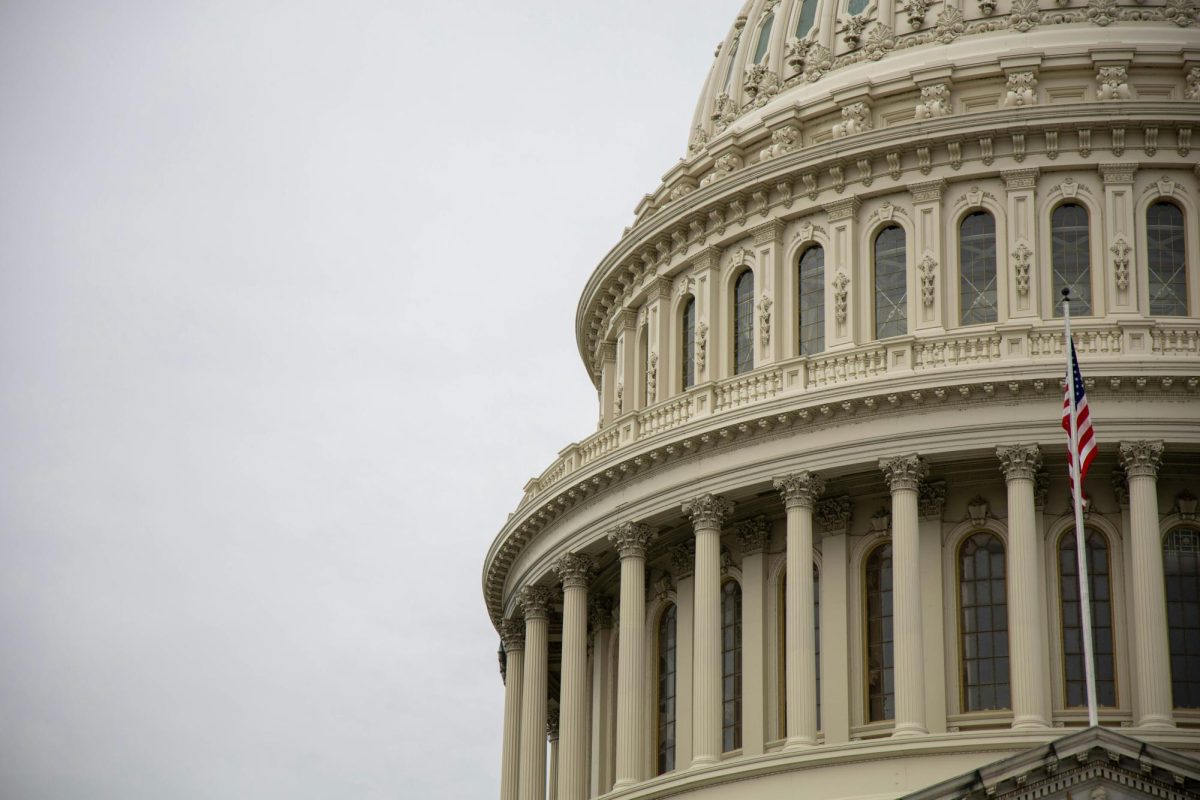

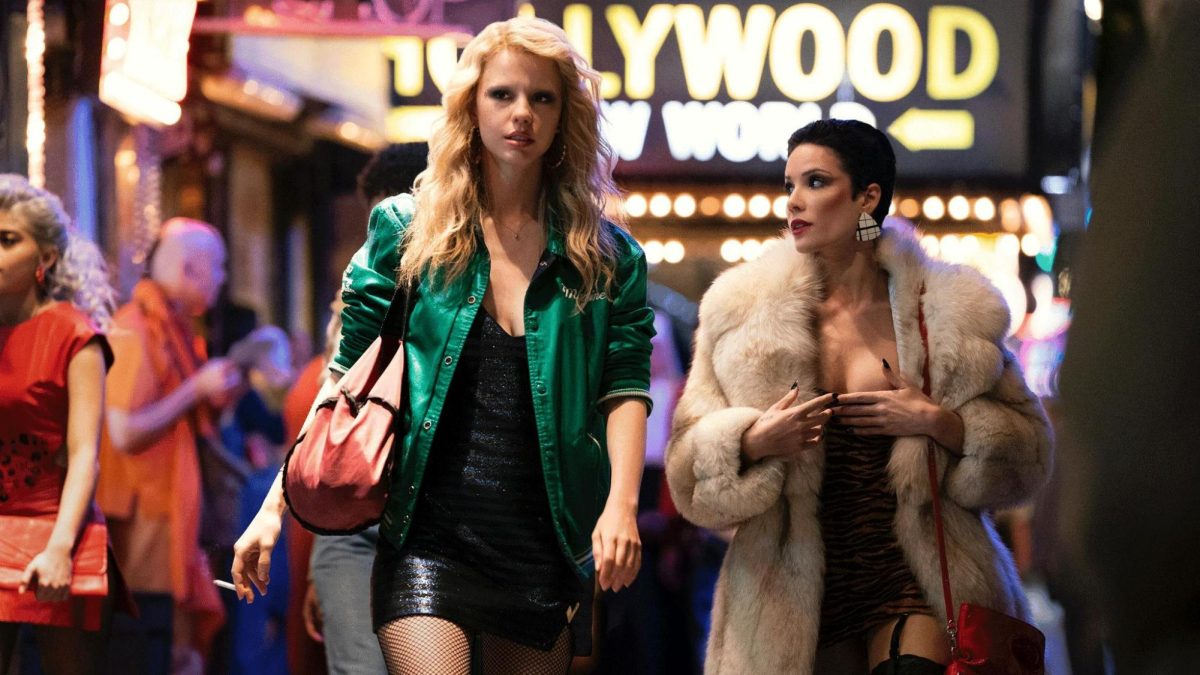




Duc De Guermantes • Dec 13, 2018 at 1:42 pm
Far be it from me to stop leftists from targeting each other with the blind ignorance with which they normally blather incoherently at the right, but might I point our that your criticism of Susan B. Anthony is entirely misplaced.
Now don’t get me wrong, please proceed with your racist view of white women; they are totally out to deprive you of your rightful place at the top of the grievance pyramid, but Anthony’s quote needs a bit of context.
You see, when she said that particular statement, it was in response to her good friend Frederick Douglas’s proposal to amend the constitution to grant suffrage to colored men but not white or black women. Anthony responded that she would cut off her arm before supporting an amendment that grants colored people the right to vote but does nothing for women.
Again, you are wrong, but you are probably used to that by now. Ignore this fact and proceed to demonize historical white women. They were very white after all, and I am sure they also stole fashion trends from women of color and probably neglected to use preferred pronouns of 19th century nonbinary feminists.
amy • Nov 14, 2018 at 4:02 pm
Intersectionality lol . This is just a made up academic theory; it has no basis in reality.
Academia used to have standards and it was based on observation, theories, evidence, not pushing agendas and bias and acting as if this is ‘education’. or ‘knowledge’.
It’s also funny how quick democrats are quick to promote voting fraud when they are likely the ones who engage in it and manipulate the electoral process because they can’t win on merit.
Jorge • Nov 14, 2018 at 1:10 pm
It is this kind of consistent rhetoric from this publication that turns both the writer and the reader into a racist. Every passing article turns me further away from caring about the plight of “people of color.” Spare me.
NITZAKHON • Nov 14, 2018 at 7:53 am
Omar is a Jew-hating immigration fraudster who married her brother. Ocasio-Cortez is an Israel-bashing Socialist who has no idea about Socialism which, in its various forms, saw governments killing over 100 million civilians in the 20th century (https://amzn.to/2O3g1me) and which, today, has resulted in the ruin of a resource-rich country, Venezuela. (I hear the zoo animals were tasty…)
SOCIALISM IS FOR SUCKERS: VENEZUELA
https://youtu.be/-zocMv3OU2c
Yes, definitely the kind of people we should have in office. If you want to destroy America.